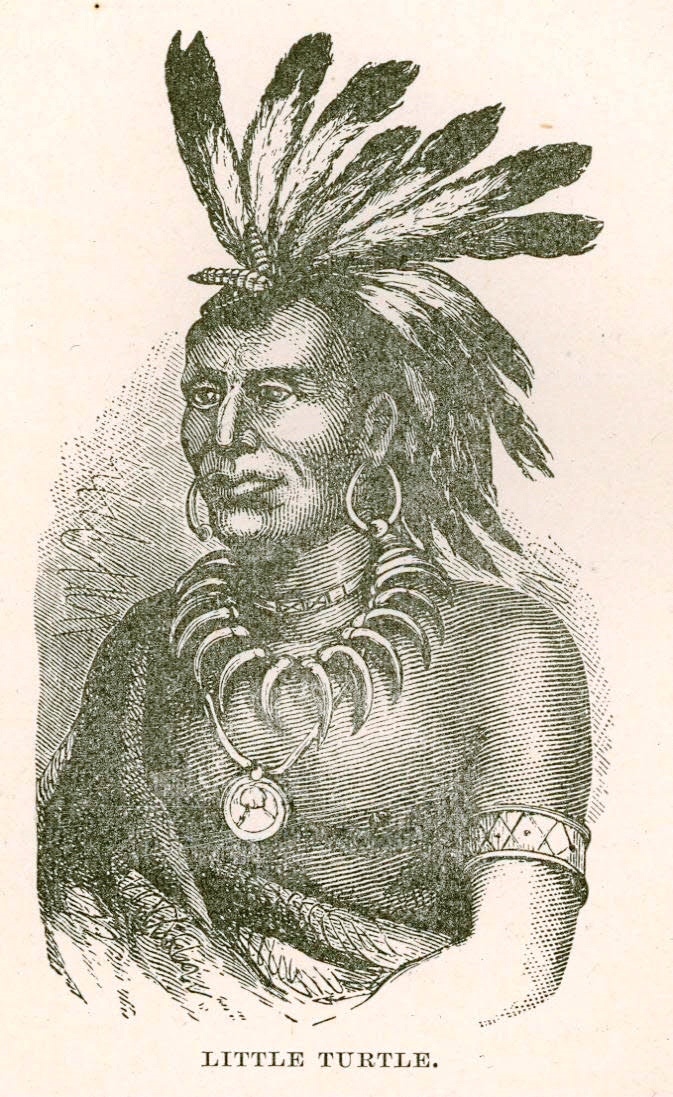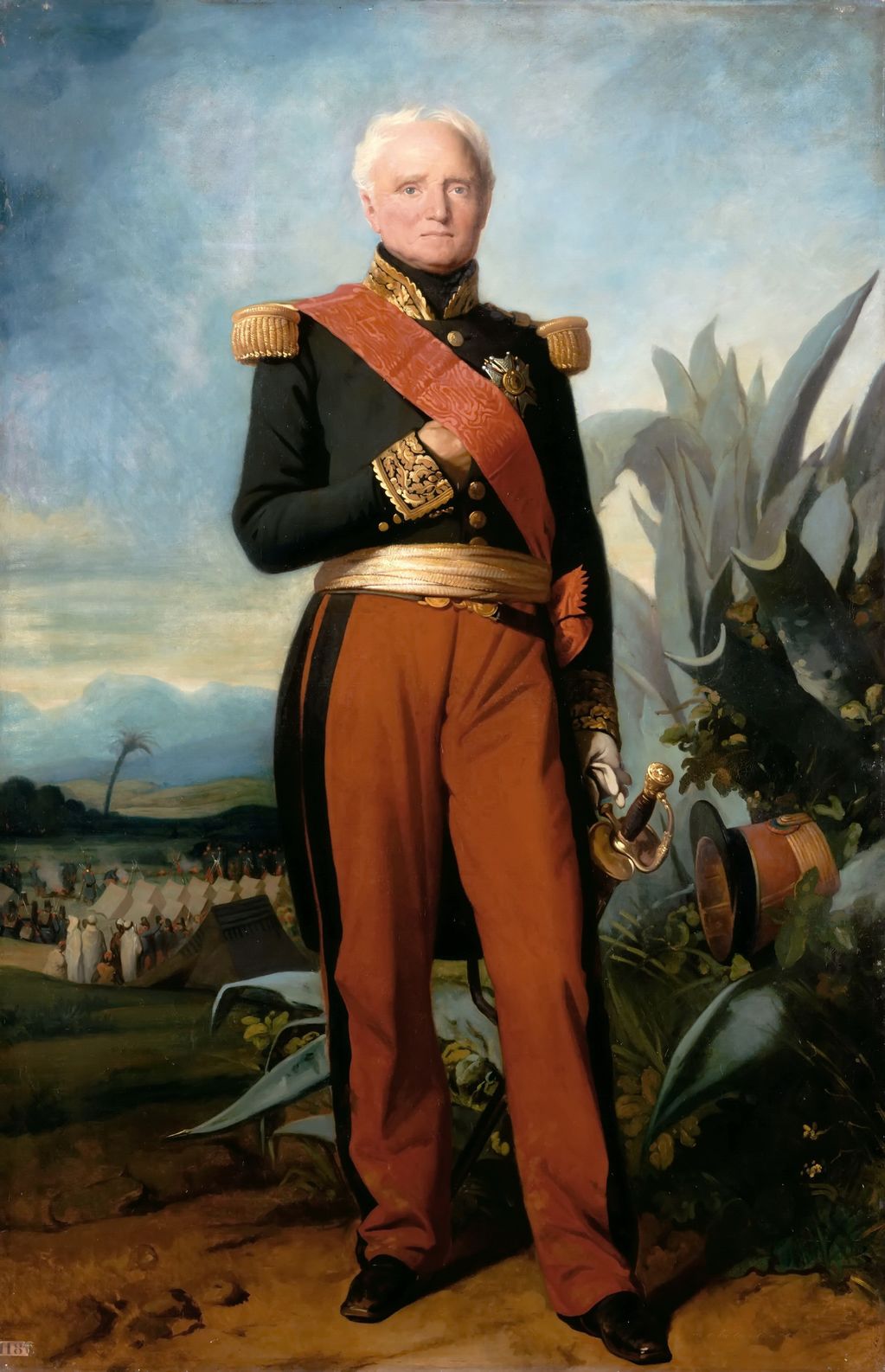I am not the first to make the remarkable comparison between the colonization of French Algeria and that of United States’ territories. Rather, mid-nineteenth century French statesmen conscientiously used the United States as a benchmark of progress in their Algerian endeavor. This may account for at least some of the similarities in the colonies’ trajectories. However, it does not explain all of them, particularly those in the initial phases of conquest. The congruency between the stages of settler colonial development in the American Northwest Territory and French Algeria indicates the existence of commonalities in the formation of settler colonies more broadly.

Native communities in both regions adopted similar approaches to resist, accommodate, negotiate, or avoid the colonizers. Recognizing the variety of options available and Indigenous leaders’ choices in their interactions with Europeans and Americans moves us beyond the resistance/accommodation dichotomy scholars have drawn in the past.[1] Through their leadership, Indigenous actors also shaped the form that settler colonies took. Their armed resistance forced the métropoles to govern through the military and required vast expenditures of money, men, and arms to hold the conquered territory. Cultural and religious norms pushed colonial administrators into accommodations, such as treaty negotiations, gifts, and the acknowledgement of Indigenous juridical practices – for their own people at the very least. In many cases, military officers were forced to work with Indigenous leaders to achieve their aims through active support, alliances, negotiating neutrality, or relying on their services as translators, guides, and scouts in unknown territory. Neither the French nor the Americans were ever able to fully eradicate Indigenous inhabitants from their desired lands, either in the period under consideration here or in subsequent years.
Settlers and the military in both locations took the conquest and occupation farther

than most metropolitan leaders originally intended, leaving the administration to recognize the fact of colonization after it had already begun on the ground. Officials were then left with the choice of accepting the colonies, such as they were, and continuing the work of the military and settlers or face international embarrassment by pulling out and risk the perception of weakness. Internal political pressures also compelled metropolitan politicians to send armed forces to these regions to maintain and eventually extend the occupation, but finding a way to pay for their services was a vexing problem for both métropoles.
Lack of adequate financial resources motivated metropolitan officials to promote and publicize settlement in the colonies. In both France and the United States, colonial administrators saw settlers as roots that could be planted and grow in the colonial soil to prevent its erosion from metropolitan control. Land in the colonies also served as payment for services rendered in securing it (for the soldiers and militiamen), circumventing the need to pay them in specie. This also supplied more settlers as bastions of colonial sovereignty and defenses against Indigenous land claims and armed reprisals.
In summary, settler colonies in the American Wabash Valley and Algeria resulted from a bottom-up process in which settler desires for land and greater economic opportunities compelled them to migrate (or emigrate) and stake their claim to these territories. This movement then served as a catalyst for initially makeshift colonial policies that only became systematized over time. The relationship between settlers and the Indigenous populations in both locations, as well as administrators’ responses to prevailing circumstances on the ground shaped the establishment of settler governments.
[1] For a small sample of this literature, see: Peter von Sivers, “Insurrection and Accommodation: Indigenous Leadership in Eastern Algeria, 1840-1900,” International Journal of Middle East Studies 6, no. 3 (July 1, 1975): 259–75; Chaudhuri and Strobel, Western Women and Imperialism; Edmund Jefferson Danziger, Great Lakes Indian Accommodation and Resistance during the Early Reservation Years, 1850-1900 (Ann Arbor: University of Michigan Press, 2009).
**All images in this post are in the Public Domain.